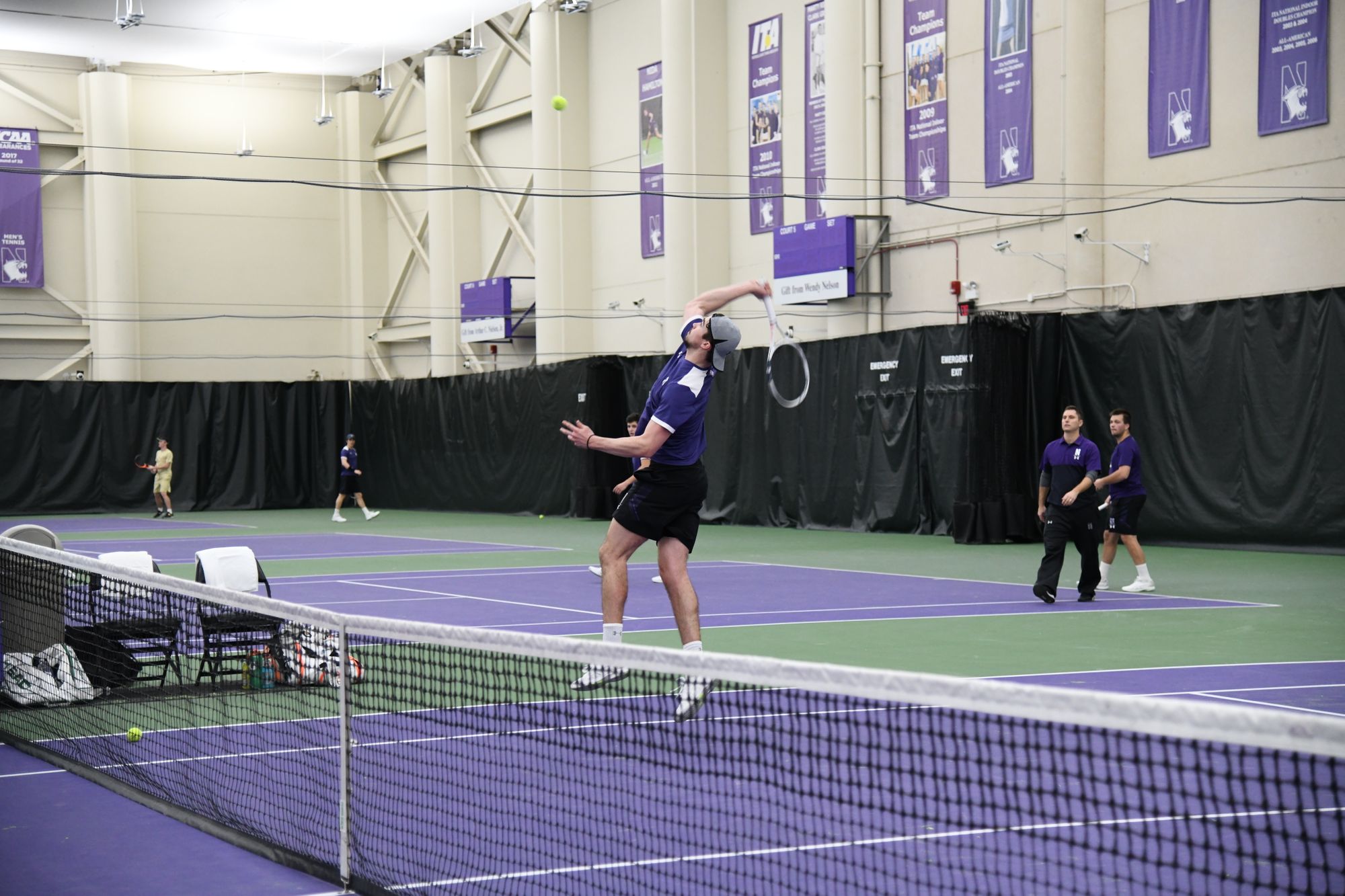
As news and concern about the coronavirus started to ramp up in early March, spring sport athletes were suddenly faced with the harsh reality that the season they had worked for all year was going to be canceled. In response to objections, the NCAA announced on March 30 that they would be allowing schools to provide an additional year of eligibility to spring sport players whose seasons were cut short. While this was good news for the seven Northwestern teams it affected — baseball, softball, women’s lacrosse, and men’s and women’s golf and tennis — it also raises significant logistical and financial concerns for the athletic department.
Division l college athletes are allowed four seasons of competition, which can be completed within five years at the university. Common reasons student athletes don’t complete a season are by either getting injured or obtaining a redshirt, which is when an eligible student athlete refrains from participating in an entire season to compete in an extra year. The newly-shortened 2020 season has launched discussions between spring sport coaches and their athletes about what a potential fifth year might look like now that students can choose to stay for an entirely new reason.
The NCAA’s decision also increased the number of players baseball (the only spring sport with a limit) teams can have, allowing space for seniors to stay even as a new class of incoming freshmen is set to join. But for all spring sports, the NCAA did not stipulate how teams should handle the additional costs of extra players on their roster.
Teams receive a set amount of scholarships to distribute among their athletes each year: baseball teams, for example, receive 11.7 scholarships to allocate to 27 roster spots. As seniors graduate and their scholarship is no longer taken, the incoming freshmen are set to receive whatever money the team now has available. However, now that the NCAA’s announcement has given athletes the option to play an additional year, Northwestern’s athletic department will face significant additional costs if an entire senior class chooses to stay.
These financial burdens are only heightened as the NCAA announced extreme cuts to the revenue distribution for member universities in 2020. The significant losses from the cancelation of national tournaments for both winter and spring sports, particularly March Madness, has forced the NCAA’s Board of Governors to allot only $225 million to universities. This is a 62.5% cut from the anticipated $600 million that schools were expecting. Even though this money only accounts for a small portion of Northwestern’s athletic department’s budget after it gets split up among participating universities, any decrease in funding worsens the financial situation for schools who want to support their athletes in a fifth-year decision.
The NCAA’s announcement has left the scholarship decisions up to the universities, allowing schools to award students the additional year of eligibility without providing the same amount of financial assistance they had in previous years. This means Northwestern athletes who were on significant scholarship are not necessarily guaranteed the same amount of money if they choose to stay.
The decision by the NCAA to not provide additional funding along with their extended eligibility decision changes the consideration for many affected spring sport athletes. While athletes were granted the year of eligibility they were hoping for, a decrease in or elimination of financial assistance might leave them unable to return. Even if Northwestern’s athletic department wanted to honor all previous scholarships, the decrease in revenue from winter and spring sports, as well as the NCAA’s lack of financial assistance, will make it difficult to do so.
This decision is set to affect a player’s entire experience as well. A combination of the loss of revenue as well as increased cost for larger rosters means an incoming freshman’s next four years might look different. Team-provided meals, team-issued gear, travel expenses and facility usage will all continue to be affected as teams find ways to navigate a smaller budget. Highly skilled players who were committed to coming in as freshmen next year were recruited on the assumption that they might be filling a graduating senior’s starting position. They might now be forced to compete with a larger roster than they had anticipated if an entire senior class chooses to stay.
As of now, there is no clear answer on what the future will hold for Northwestern spring sports. An athletic communications director for the university mentioned in an email that the details of spring eligibility were still being worked out as late as the end of April. What scholarship specifics will be decided on — and which Wildcat senior athletes will return — are still looming questions.
It is clear that COVID-19’s impact is going to be felt for years to come, and athletic departments are just one example of the many institutions that will have to find ways to adjust. The extended eligibility for spring sport athletes was a positive reaction by the NCAA as schools attempt to support their athletes through these tough times. If they can figure out the finances, it can still hopefully turn out to be a favorable decision for the spring sports affected.